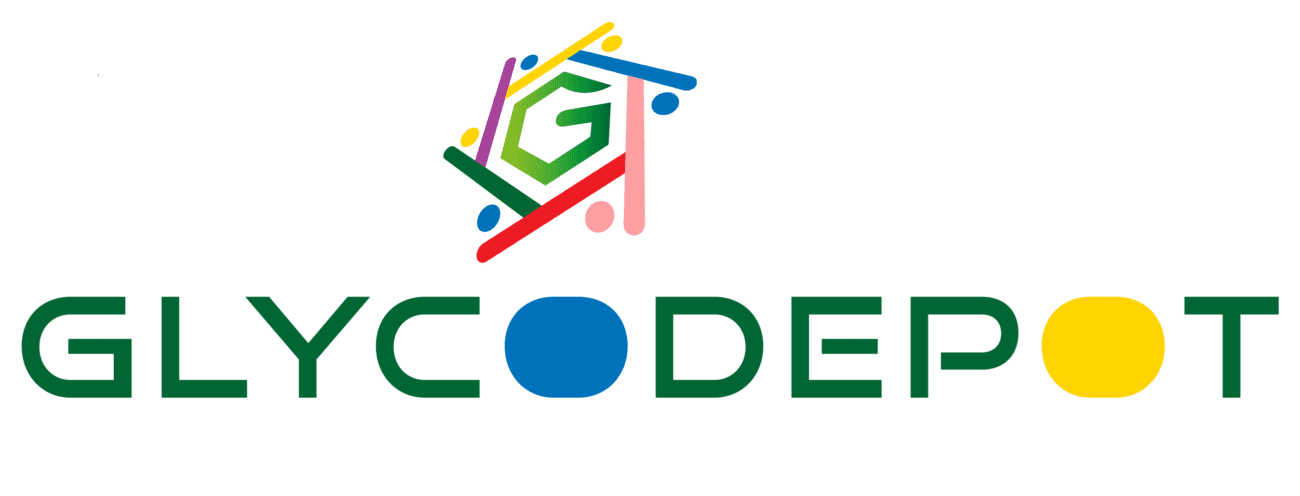3,4-Di-O-acetyl-L-rhamnal, also known as 3,4-di-O-acetyl-6-deoxy-L-glucal, is a chemically synthesized carbohydrate derivative widely used as a synthetic intermediate in organic and carbohydrate chemistry. It is derived from L-rhamnose through selective acetylation of hydroxyl groups at positions 3 and 4, forming a diacetylated glycal structure characterized by a double bond in the sugar ring. This compound serves as an important precursor in the synthesis of biologically active natural products, oligosaccharides, and polysaccharides. The utility of 3,4-Di-O-acetyl-L-rhamnal extends to glycosyl donor applications, enabling the stereoselective construction of O-glycosides, C-glycosides, S-glycosides, and N-glycosides, which are important for medicinal chemistry and glycobiology research. Its stable, high-purity form and well-defined properties make it valuable for laboratories involved in carbohydrate synthesis and drug discovery.
IUPAC Name
- [(2S,3R,4R)-3-acetyloxy-2-methyl-3,4-dihydro-2H-pyran-4-yl] acetate
- Also known as 3,4-Di-O-acetyl-6-deoxy-L-glucal or Di-O-acetyl-L-rhamnal
Appearance
- Colorless to pale yellow viscous liquid
- Can also be supplied as a liquid with characteristic optical activity and refractive index
Source
- Synthesized chemically from L-rhamnose derivatives through acetylation and elimination reactions
Molecular Weight and Structure
- Molecular formula: C10H14O5
- Molecular weight: 214.22 g/mol
- Structure: Glycal ring (unsaturated pyranose) with acetyl groups at positions 3 and 4, methyl substitution at position 2
- SMILES: C[C@H]1C@@HOC(=O)C
Sugar Specificity
- Derived specifically from L-rhamnose, representing a 6-deoxy sugar class
- Acts as a glycal glycosyl donor suitable for regulated glycosylation reactions
Biological Activity
- Primarily a synthetic intermediate with no direct biological effect
- Supports synthesis of bioactive glycosides and carbohydrates with demonstrated biological roles
Purity and Microbial Contamination
- Purity generally >95% verified by NMR and chromatographic analysis
- Due to synthesis origin, microbial contamination is generally negligible and not reported
Identity and Quality Control
- Confirmed by NMR spectroscopy, HPLC, mass spectrometry, and optical rotation
- Batch release supported by Certificates of Analysis and SDS documentation
- Refractive index around 1.454, optical rotation [α]/D ~55° in chloroform
- Boiling point: 68-69 °C at 0.06 mmHg
Shelf Life and Storage
- Recommended storage at 2–8°C, preferably in sealed containers protected from light and moisture
- Shelf life typically 1 year or longer under proper conditions
Application
- Used as a glycosyl donor in synthesis of O-, C-, S-, and N-glycosides
- Employed extensively in carbohydrate chemistry to construct oligosaccharides and complex glycoconjugates
- Facilitates stereoselective glycosylation reactions in medicinal chemistry and drug development
- Intermediate in synthetic routes towards natural products containing rhamnose units
- Supports development of novel glycomimetic compounds and biochemical probes
Key Characteristics
- Glycal derivative with acetyl groups at 3 and 4 positions on L-rhamnal
- CAS number 34819-86-8
- Colorless to pale yellow viscous liquid, molecular weight 214.22 g/mol
- High chemical purity >95% with comprehensive quality control
- Key reagent/synthon for stereoselective glycosylation and carbohydrate synthesis
- Stable under refrigeration for at least one year
- Used for synthesis of bioactive glycosides and polysaccharides
- Verified identity by spectral and chromatographic methods
- Optical activity and refractive index well-characterized
- Important intermediate for medicinal and synthetic carbohydrate chemistry
Citation
- Sigma-Aldrich product data on 3,4-Di-O-acetyl-L-rhamnal
- Fisher Scientific ACS reagent information
- PubChem chemical description and structure
- TCI Chemicals product specification
- ChemicalBook datasheet
- Research article on synthetic method
- MedChem Express synthesis intermediate
- TargetMol chemical catalog
- Glycon Biochem catalog entry
- ImmunoMart reagent data

Reviews
There are no reviews yet.